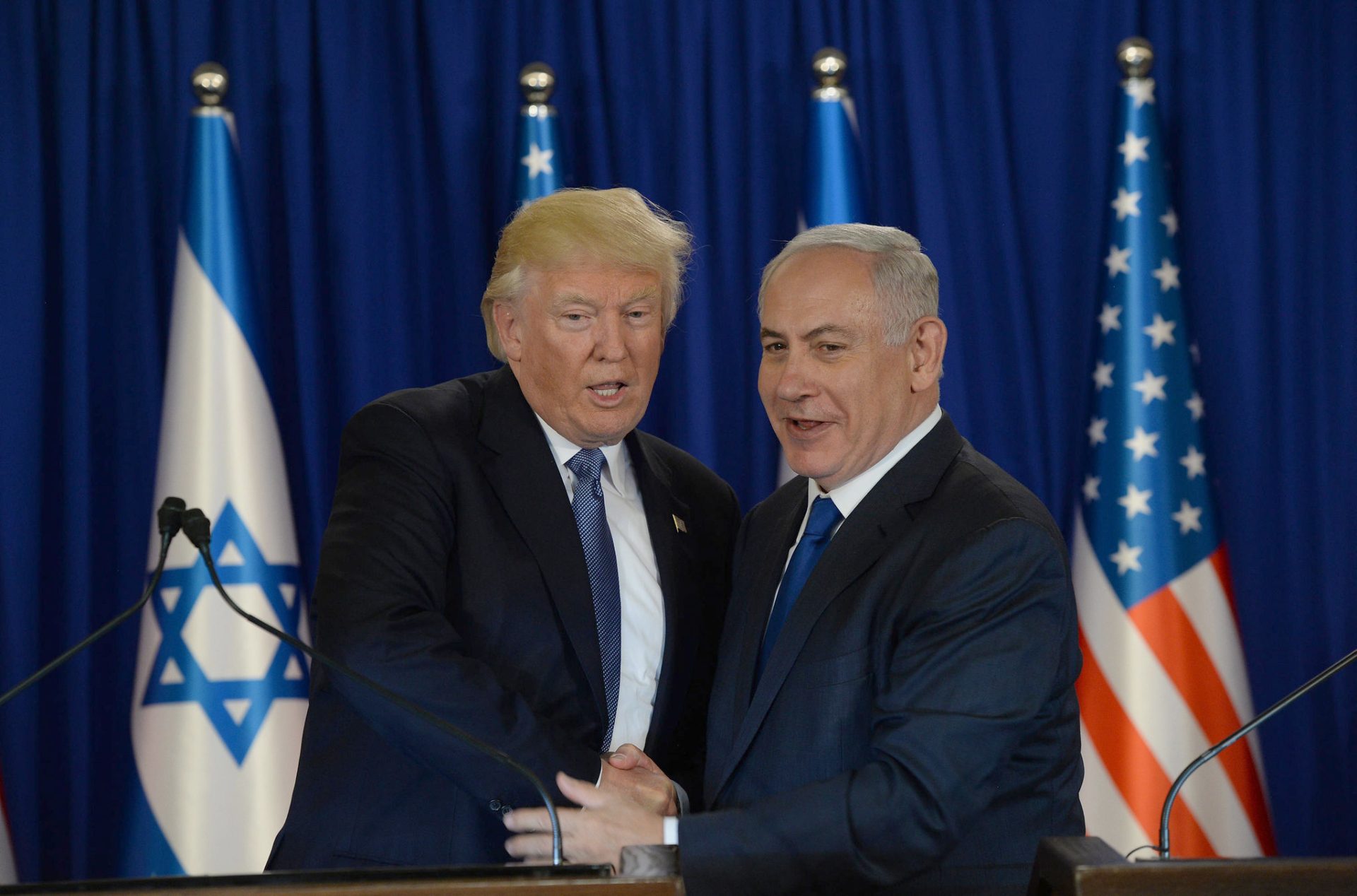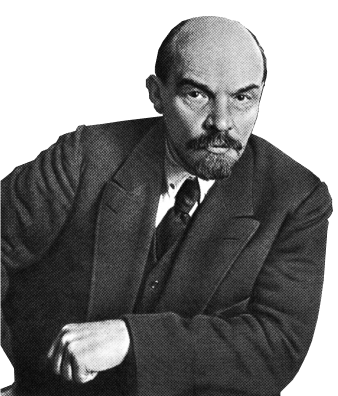
Late on 4 February, in a joint press conference with Israeli Prime Minister Netanyahu, US President Donald Trump proposed that the US should take over Gaza and force the whole of its population (2 million Palestinians) to relocate to other “plots of land” (in Jordan and Egypt) so that the area could be rebuilt as an international enclave, which he described would be “like the Riviera of the Middle East”.
The New York real estate tycoon has been in office for just two weeks and he has already carried out some bold foreign policy moves. He has threatened military action to take over Greenland and the Panama Canal, has threatened the US’ three largest trading partners with tariffs, has threatened Colombia with punitive tariffs, and has made a deal with Venezuela’s Maduro.
But the proposals he made coming out of a meeting with the Israeli prime minister trumped all of that, if you excuse the pun: the expulsion of 2 million Palestinians from Gaza, which would be placed under US control.
In the days preceding the meeting, Trump had already hinted at the idea in several social media posts. This was the first time, however, that it was developed in some detail. Indeed, Trump was reading from a written statement. “This was not a decision made lightly,” he stressed.
What did Trump actually say? “The US will take over the Gaza Strip, and we will do a job with it too. We’ll own it,” Trump said. He added that what he was proposing was the US’ “long-term ownership position” of the Strip.
“We’ll own it and we will be responsible for dismantling all of the dangerous unexploded bombs and other weapons on the site, get rid of the destroyed buildings, level it out, create an economic development that will supply unlimited numbers of jobs and housing to the people of the area,” he added.
“[We’ve got to] do something different. You just can’t go back. If you go back, it’s going to end up the same way it has been for 100 years,” adding that other leaders in the region supported his idea. “It should not go through a process of rebuilding and occupation by the same people that have… lived there and died there and lived a miserable existence there.”
As to the question of where Gaza’s Palestinians would be removed to, he mentioned countries “with humanitarian hearts”. In recent weeks, when first floating the idea, he mentioned Egypt and Jordan, whose governments have already rejected the proposal.
Earlier in the day, Trump specifically said that he did not support Israel re-establishing settlements in Gaza, the idea pushed by the Zionist far-right settlers and some in the military establishment. In the press conference, he declared that the “world’s people” would be the ones to live there after the US finishes rebuilding it. He mentioned that Palestinians could be amongst those returning, but that the strip would be “an international hub… not for a specific group of people but for everybody.”
“I don’t want to be cute. I don’t want to be a wise guy,” Trump joked, after declaring that Gaza could be “the Riviera of the Middle East. This could be something that could be so magnificent.”
Of course, the reaction from Netanyahu was ecstatic. “You say things others refuse to say. And after the jaws drop, people scratch their heads and they say, ‘You know he’s right,’” he said, calling Trump Israel’s “greatest friend” and describing his plan as one which “could change history”. It is not clear if Netanyahu knew of Trump’s plan before the meeting. It certainly has similarities with a plan allegedly leaked by his cabinet in spring last year, called Gaza 2035. That plan envisaged a new Free Trade Zone in Gaza, cleared of Palestinians, and turned into a playground for the rich, connected by high-speed rail to NEOM in Saudi Arabia and Port Said in Egypt. But it’s wholly possible that he may not even have been aware of it when he was forced to sign the ceasefire deal, but he is certainly very pleased with it as it offers him a much-needed lifeline.
At the beginning of January, Netanyahu had been strong-armed by Trump’s envoy Witkoff to sign a ceasefire deal with Hamas which left him looking weak. He had not achieved any of Israel’s stated war aims (bring back the hostages by military force and destroy Hamas), and was forced to release hundreds of Palestinian hostages held by Israel. That severely weakened his own coalition government, with one of the two far-right settler parties exiting it and the other threatening to do so if the war against Gaza was not resumed after the first phase of the agreement.
After Trump’s statement, the whole situation has turned around for him. He is the first foreign head of state to be received by the new US president. Trump has also delivered the 2000lb ammunition which had been held back by Biden, and has lifted sanctions on the West Bank settlers. Now Trump was giving him a way to ‘finish the job’ in Gaza, which he had been unable to do with brutal, genocidal military means over 15 months. “Israel will end the war by winning the war” the butcher of Gaza said at the press conference, tacitly admitting the ceasefire deal was not an Israeli victory.
Still, Netanyahu did not commit himself to the idea of long-term US control over Gaza. But, for now, he lavished praise on his White House ally.
There was more. In an earlier discussion with the press at the Oval Office before the meeting with Netanyahu, Trump said he was not sure the ceasefire was going to hold: “I have no guarantees that the peace is going to hold.” This will be music to the ears of Netanyahu, who has promised his far-right cabinet allies that the war will resume after the first phase of the ceasefire. He would be keen to break the deal if that allows him to remain in power.
Of course, he can easily find or fabricate an incident which would allow him to blame Hamas for the breakdown. He’s already hinting at extending negotiations for the second phase for two weeks. This is however a dangerous game which could further undermine his support within Israel, where a large proportion of the population already see him as a cynical manoeuvrer, more interested in his own personal and political survival than the fate of the hostages.Trump also left the door open to backing Israeli annexation of the West Bank, something he probably keeps in reserve as a bargaining chip in his dealings with the Israeli PM: “I’m not going to talk about that. It certainly is a small, it’s a small country in terms of land,” Trump said when asked about it. If Trump were to allow Israel to annex the West Bank, that would lead to an all-out uprising of the 2.7 million Palestinians living there, an open civil war with the 700,000 Jewish settlers and further turmoil across the region.
Netanyahu was also trying to push Trump on the question of Iran. He would like the US to get involved in military strikes to destroy the country’s nuclear programme. “We also see eye to eye on Iran,” said Netanyahu, they “tried to kill us both: they tried to kill you, Mr. President, and through their proxies, they tried to kill me.” But Trump was not keen. While he shares the Israeli PM’s hatred of Tehran, he would prefer to use economic pressure to achieve the same aims: “If we could solve this problem without warfare, without all of the things that you’ve been witnessing over the last number of years, I think it would be a tremendous thing,” Trump said.
Let’s be clear though, Trump is probably approaching the problem with the mentality of a real estate tycoon – here’s a piece of land full of rubble, let’s displace its population to somewhere else, give them houses, rebuild the site, and hand it over to new occupants. And he couches it in humanitarian terms – no one can live in the Strip, there are 30,000 unexploded bits of ordnance.
But what his proposal amounts to is nothing short of another Nakba: the forced expulsion of 2 million Palestinians from their land. It would be the completion of what Israel had started in its genocidal war on Gaza: the ethnic cleansing and erasure of a whole people.
Trump thinks he is such a great guy with such a magnetic personality that he is able to convince anyone of his wonderful plans just by meeting them. And if they do not agree, he is prepared to use the enormous economic leverage of the US (and even the threat of military action) to make sure they do, as he has shown in recent days.
The countries which in Trump’s mind are supposed to pay and provide the land for the forced relocation of 2 million Palestinians – Jordan, Egypt and Saudi Arabia – have already expressed their staunch opposition to this hair-raising plan. When asked about this, Trump simply waved the objections to one side: “They say they’re not going to accept, I say they will.”
The truth is that none of these countries can accept this proposal. The reactionary Arab regimes are already widely despised by the masses of the region and their own countries as they are rightly seen as puppets of US imperialism and collaborators with the Zionist state of Israel in its brutal suppression of Palestinian national rights.
There is seething anger against the Hashemite monarchy among the Jordanian masses, many of whom are Palestinians themselves, because of how King Abdullah helped Israeli defence at the time of the Iranian missile attack. For the Jordanian regime, this is an existential issue. According to a report in Middle East Eye which cited Jordanian official sources, any attempt by Israel to push Gazans over the border to Jordan would be a casus belli and could lead to war.
The situation in Egypt is no better for the al-Sisi regime. Both regimes have taken extremely harsh measures to suppress the internal outrage against Israel’s genocidal war and solidarity with Gaza. As for Saudi Arabia, any attempt to reach normalisation with Israel without the creation of some sort of Palestinian state, even one which is completely dependent on Israel like the Palestinian Authority, would lead to serious internal turmoil, perhaps terrorist attacks and even the overthrow of the monarchy.
This is without even factoring in that removing 2 million Gazan Palestinians to Egypt and Jordan would also mean transferring Hamas’ forces, its armed forces, police and infrastructure. That is the last thing these weak, unstable reactionary regimes need. It would spell disaster for them.
Perhaps Trump is calculating that the US has economic leverage which he can use to force these countries into accepting his ethnic cleansing plans. The US already cut off aid to Jordan two weeks ago and it also has military bases in the country. Egypt was specifically exempted from the aid suspension decreed by Trump, and this could be used to put pressure on the regime, one the US props up to the tune of $1.3 billion a year. Even if these two countries were browbeaten into accepting Trump’s proposals, that would certainly lead to massive unrest that would threaten to overthrow their regimes.
The situation is slightly different for Saudi Arabia. The Kingdom has strengthened its trade relations with China, which has become its main trading partner. Its imports and exports to and from China are now three to four times bigger than those of the US. Any attempt to force the Saudis into a policy they think is not in their interests could backfire, pushing them further into the arms of China and Russia.
What about the Palestinians in Gaza? The ignorant, brazen real estate tycoon thinks that this is an offer they cannot refuse: “They live like hell. They live like they’re living in hell. Gaza is not a place for people to be living, and the only reason they want to go back, and I believe this strongly, is because they have no alternative… It would be my hope that we could do something really nice, really good, where they wouldn’t want to return… I would think that they would be thrilled.” Apparently he believes his own personal charm combined with the beauty of these promised homes will do the trick: “I don’t think they’re going to tell me no.”
Many of the Palestinians in Gaza are descendants of those who were already expelled from their land in the Nakba in 1948. They have resisted Israeli occupation for decades and have now been subjected to 15 months of a genocidal campaign by the IDF, with the full backing of US imperialism. Yes, their cities have been reduced to rubble, their infrastructure deliberately destroyed, tens of thousands killed, hundreds of thousands maimed and nearly 2 million displaced and forced into destitution and hunger. They have been subjected to unimaginable horror in their struggle to remain in the land that is theirs. They are not going to be easily convinced to leave by the promise of “new, nice homes”, which are unlikely to ever be built, in a land that is not theirs. They would resist with all means at their disposal and they would count on the sympathy and support of the masses of the region.
When asked if the US would send troops to Gaza to achieve his aims, he replied: “We’ll do what is necessary”. US forces were pushed out of Afghanistan and Iraq, defeated, after 15 years of massive military presence. Israel has built an impressive apparatus of surveillance, it has intelligence on Hamas, and at the beginning of the current genocidal campaign it had a motivated conscript army. Yet it was unable to destroy Hamas. US marines would have an impossible task on their hands, which they would only be able to achieve, if at all, on the basis of an even greater death toll for the Palestinians and a costly campaign for Washington, something Trump is averse to.
Trump’s real estate tycoon logic is about to come face to face with the reality of a world which is more complicated than he thinks. Yes, countries and imperialist powers act ultimately in their own economic interests. But they also have to take into account the political implications of their actions.
This genocidal plan, based on the crass logic of a real estate deal, is extremely unlikely to come to fruition. If it did, it would mean the forced ethnic cleansing of two million people, massive turmoil in the region potentially leading to the revolutionary overthrow of several reactionary Arab regimes which, along with Israel, have been the backbone of US power in the region, as well as mass opposition in the western imperialist powers.
The question of the liberation of the Palestinians ultimately cannot be resolved within the limits of capitalism. It requires the overthrow of all the reactionary Arab regimes in the area and a revolutionary struggle against the Israeli Zionist state. It can only be resolved as part of the general struggle against imperialism in the region and worldwide. Only a Socialist Federation of the Middle East could provide the material basis for decent homes and jobs for the oppressed Palestinians and a land in which they, and all the other peoples of the region, can live in peace.

